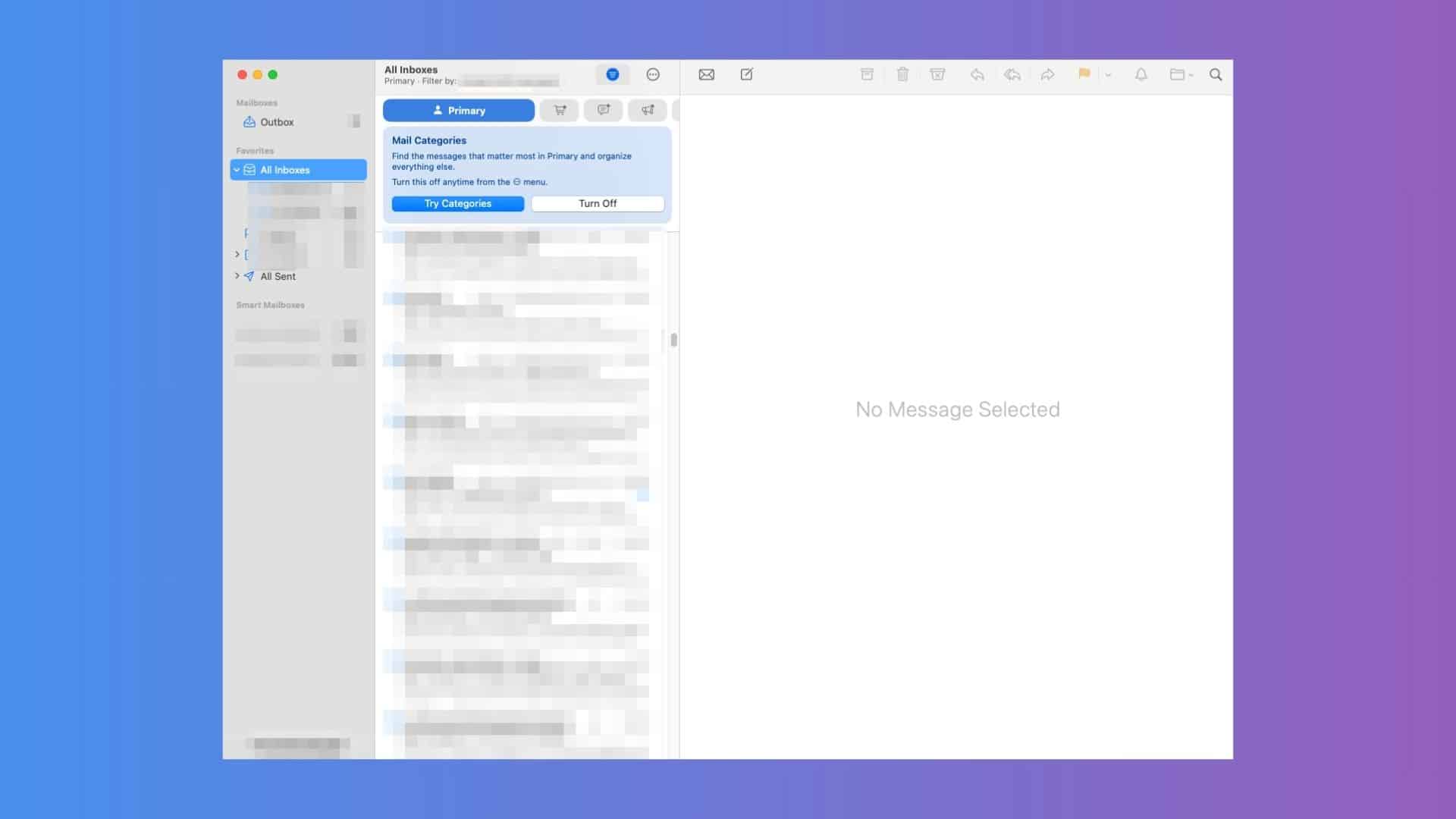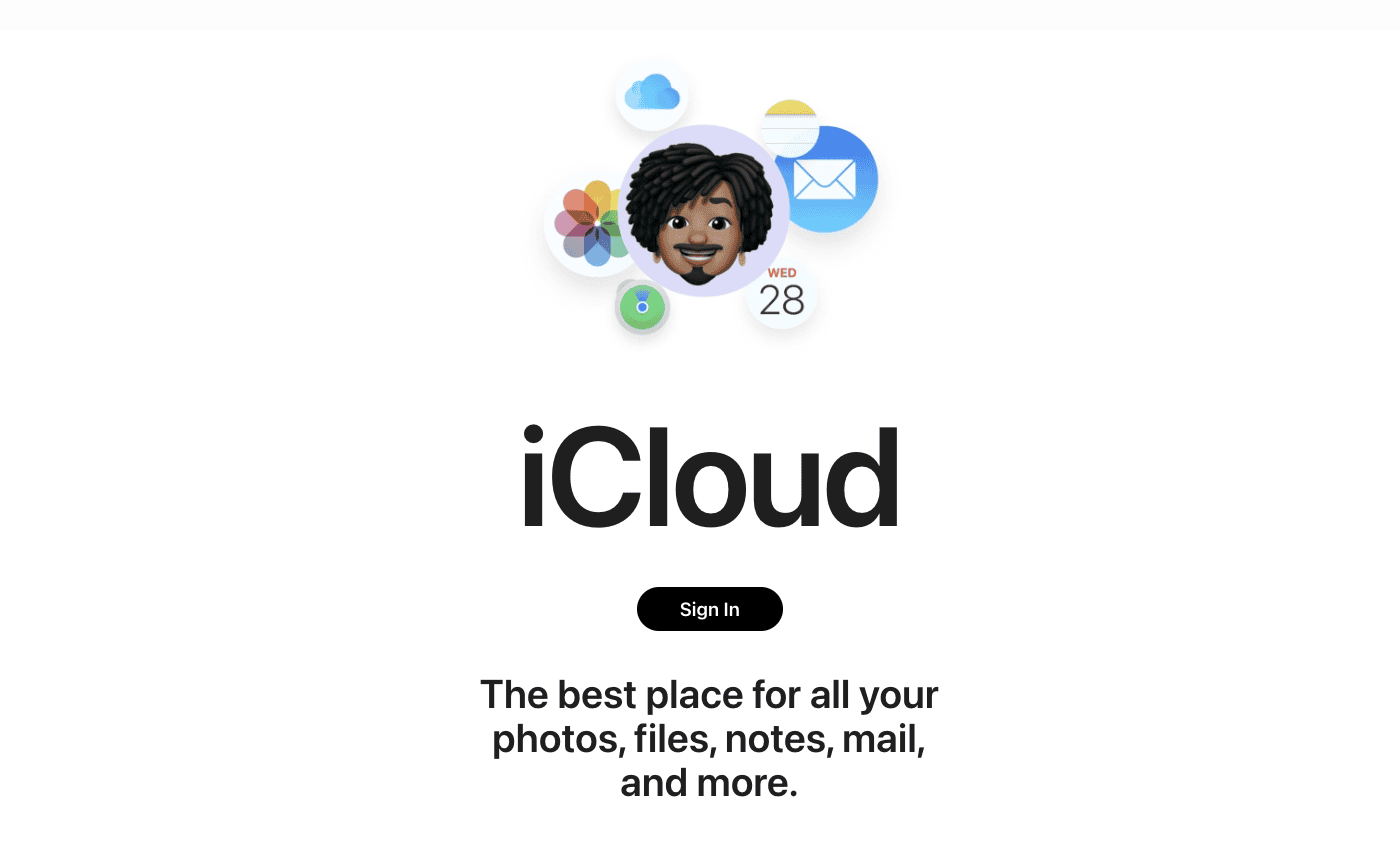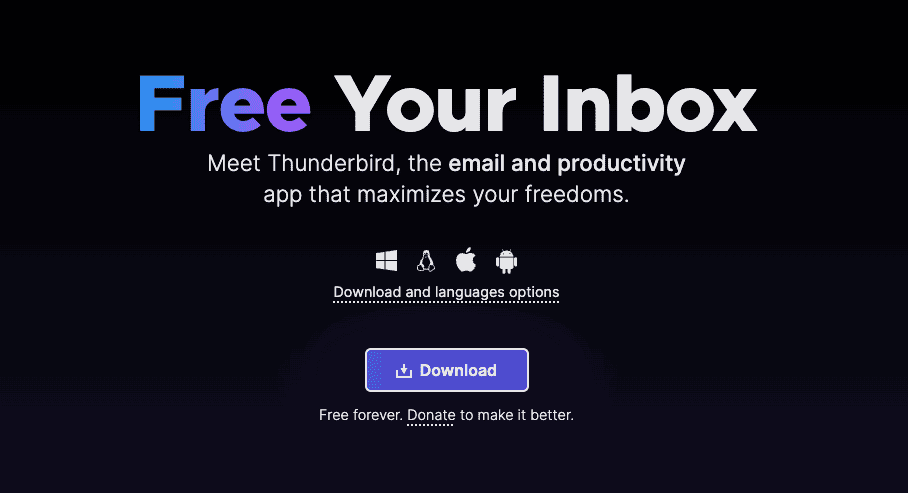Accessing your Apple Mail on a Windows computer might sound tricky at first, but it’s actually pretty straightforward. Whether you’re a longtime Mac user transitioning to a Windows setup or simply want to check your iCloud email on a PC, you have several easy options. In just a few steps, you can stay connected to your Apple Mail, even without a Mac.
Table of contents
How to Access Apple Mail on Windows
If you’re trying to access your Apple Mail on a Windows 10 or Windows 11 computer, here’s the easiest way:
Step 1: Use iCloud Mail in a Web Browser
This is the most direct and official method:
- Open any browser (Chrome, Edge, Firefox).
- Go to www.icloud.com.
- Sign in with your Apple ID.
- Click on the Mail icon to view and send emails.
That’s it! iCloud Mail works well in most modern browsers and syncs instantly with your Apple devices.
Step 2: Enable Two-Factor Authentication (if needed)
If you haven’t already, Apple may ask you to verify your login with two-factor authentication. Follow the on-screen instructions to receive and enter your verification code.
Step 3: Use the “Stay Signed In” Option
To avoid entering your password every time, check the “Keep me signed in” box on the iCloud website. (Do this only on private computers.)
Alternative Options to Apple Mail on Windows
Want to manage your iCloud email in a Windows email client instead? These third-party apps support Apple’s IMAP settings:
Option 1: Microsoft Outlook
- Open Outlook on your PC.
- Go to File > Add Account.
- Enter your iCloud email (e.g., [email protected]).
- Use your Apple ID password or an app-specific password (generate it via Apple ID settings).
- Use the following IMAP/SMTP settings:
- Incoming mail server:
imap.mail.me.com, Port: 993, SSL: Yes - Outgoing mail server:
smtp.mail.me.com, Port: 587, SSL: Yes
- Incoming mail server:
Option 2: Mozilla Thunderbird
- Download and install Thunderbird.
- Choose Add Mail Account and enter your iCloud credentials.
- Use the same IMAP and SMTP settings as above.
- Thunderbird will auto-detect most configurations.
Tips for Better Email Access on Windows
- Use App-Specific Passwords: Apple requires this when using iCloud Mail with third-party clients.
- Enable iCloud Mail in Apple ID Settings: Visit appleid.apple.com, go to Sign-In & Security > App-Specific Passwords, and generate one for Outlook or Thunderbird.
- Pin iCloud.com to Taskbar: If you prefer browser access, right-click the iCloud tab and pin it for quick access.
- Check for Sync Delays: Some clients may not sync as fast as native Apple apps. Refresh manually if needed.
- Mobile Access: You can also access iCloud Mail from the Outlook or Gmail mobile apps by adding your iCloud account.
Frequently Asked Questions
Can I access my Apple email on Windows?
Yes! Just visit iCloud.com in any browser or use an email app like Outlook or Thunderbird.
Is there an Apple Mail client for Windows 10?
No. Apple Mail is exclusive to macOS and iOS. However, you can access your Apple Mail via browser or set it up in a Windows-compatible email client.
How to use Apple Mail on Windows?
Use iCloud Mail through your browser or configure your iCloud email using IMAP settings in a third-party mail app like Outlook.
How to get Apple Mail on Windows?
There’s no direct Apple Mail app for Windows, but you can access your iCloud Mail using a browser or email client that supports IMAP.
Summary
- Visit iCloud.com to access your Apple Mail instantly.
- Use Outlook or Thunderbird with Apple’s IMAP settings.
- Generate an app-specific password from your Apple ID for third-party apps.
- Pin iCloud Mail to your Windows taskbar for quicker access.
- Mobile apps also support iCloud email with proper configuration.
Conclusion
While there’s no official Apple Mail app for Windows, getting access to your Apple email is surprisingly easy. Whether you prefer browser access or integrating iCloud Mail into your favorite Windows email client, the process takes just a few minutes.


